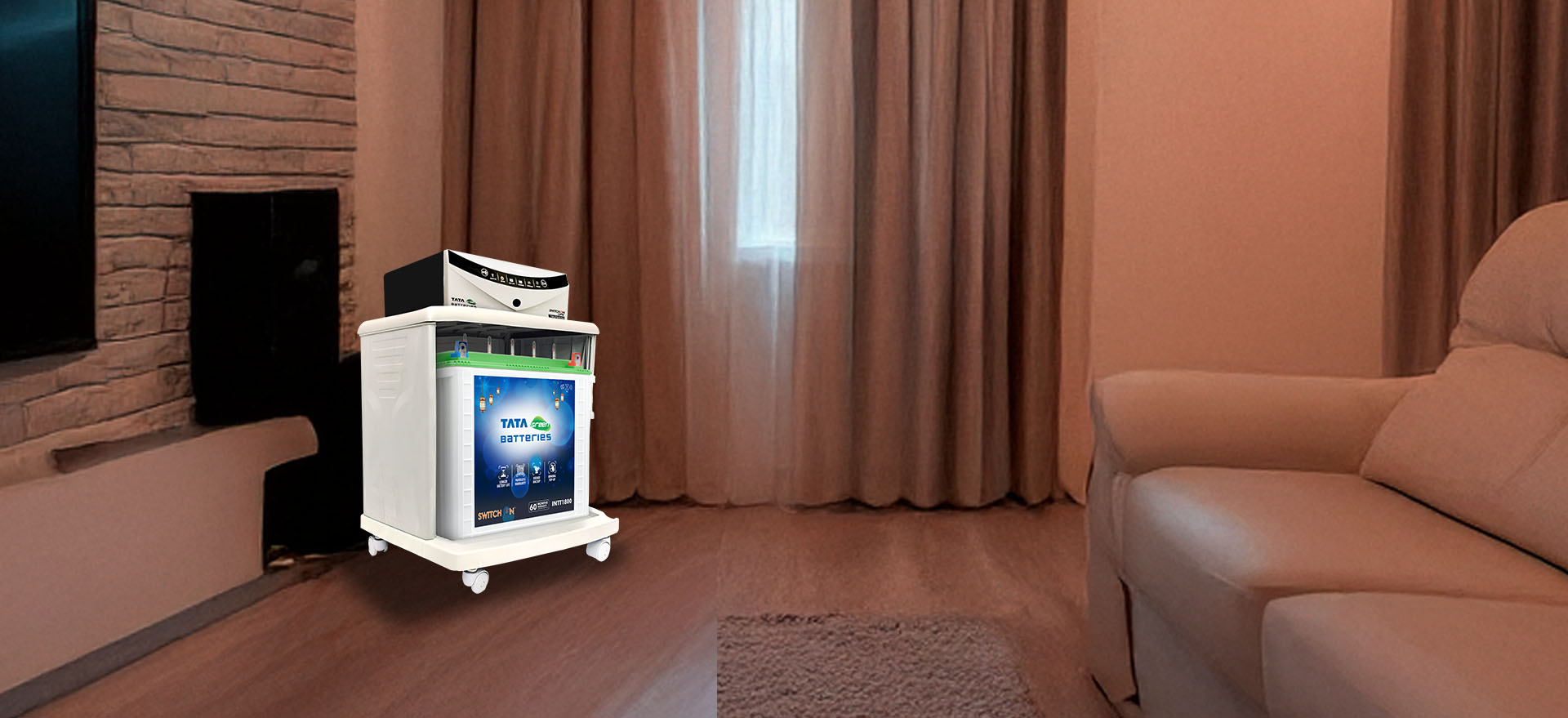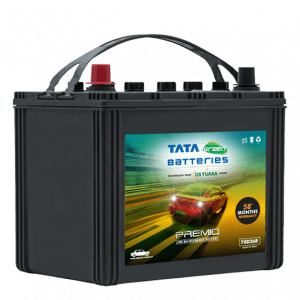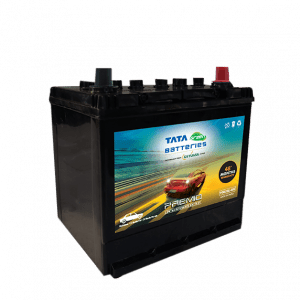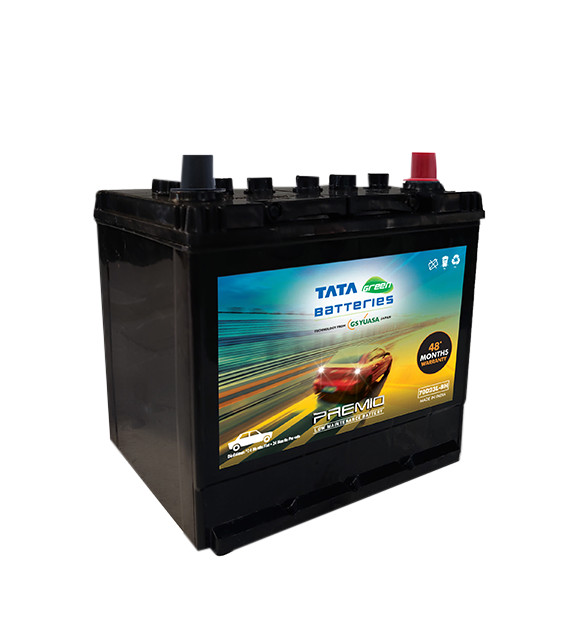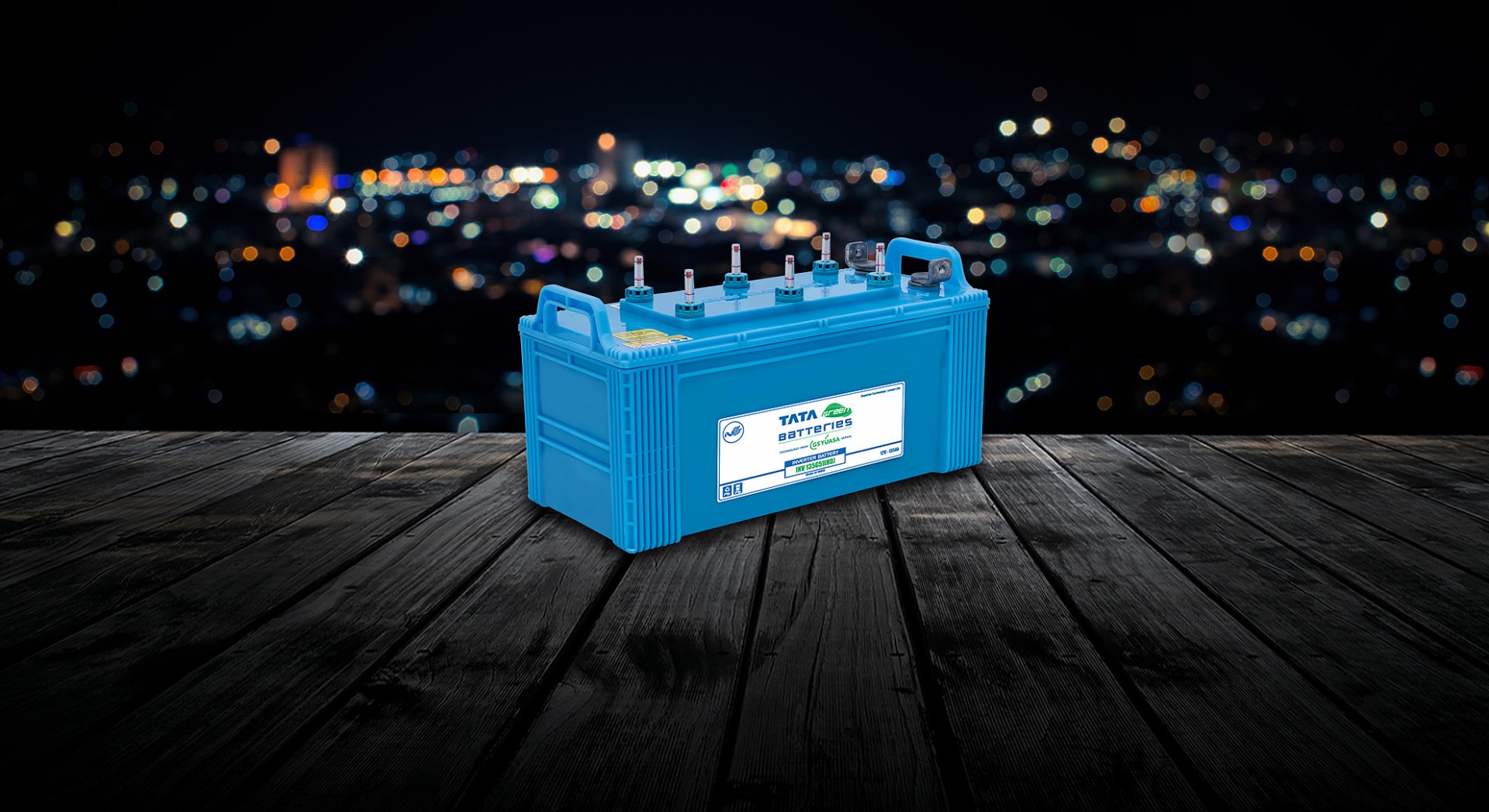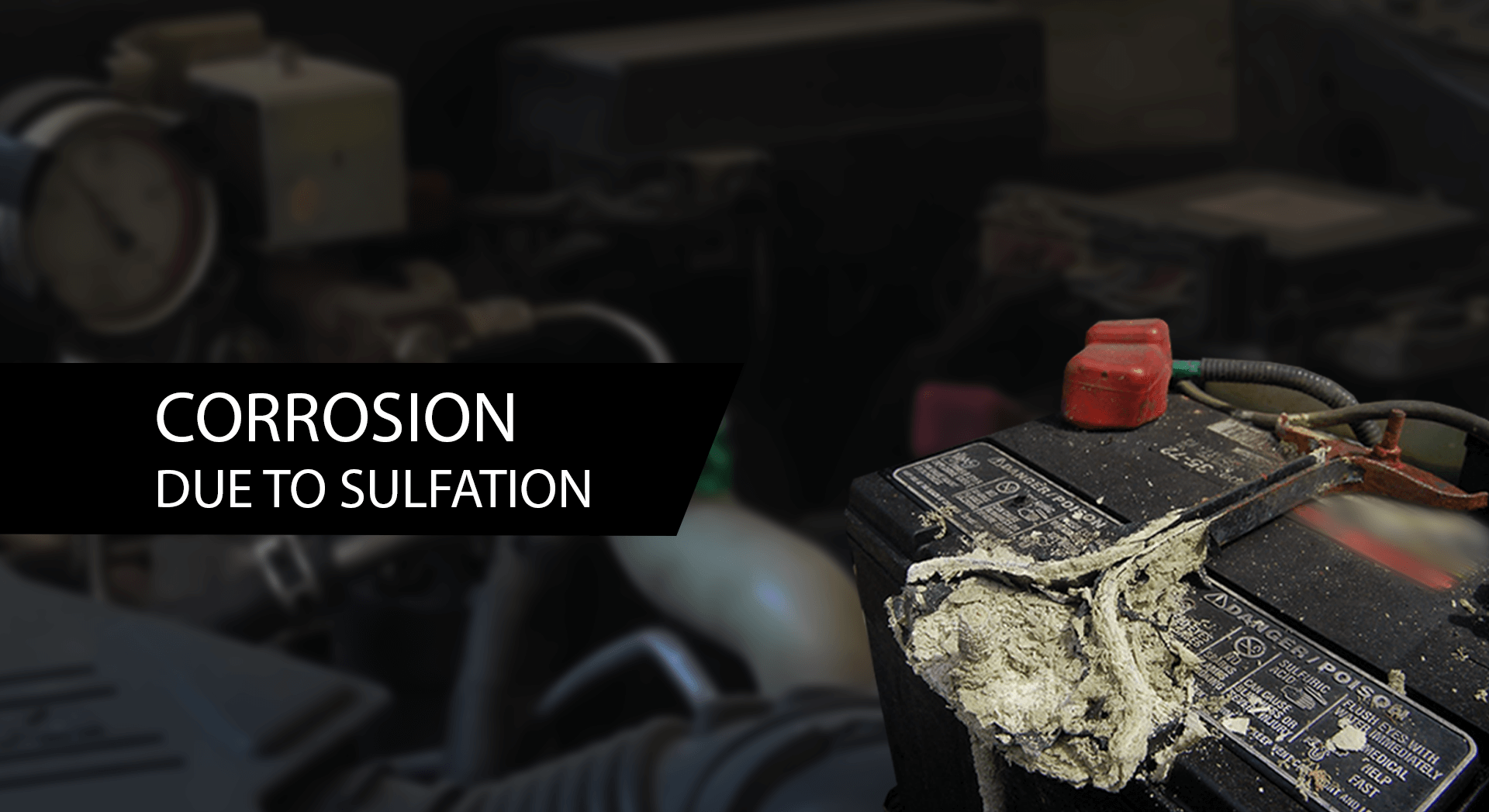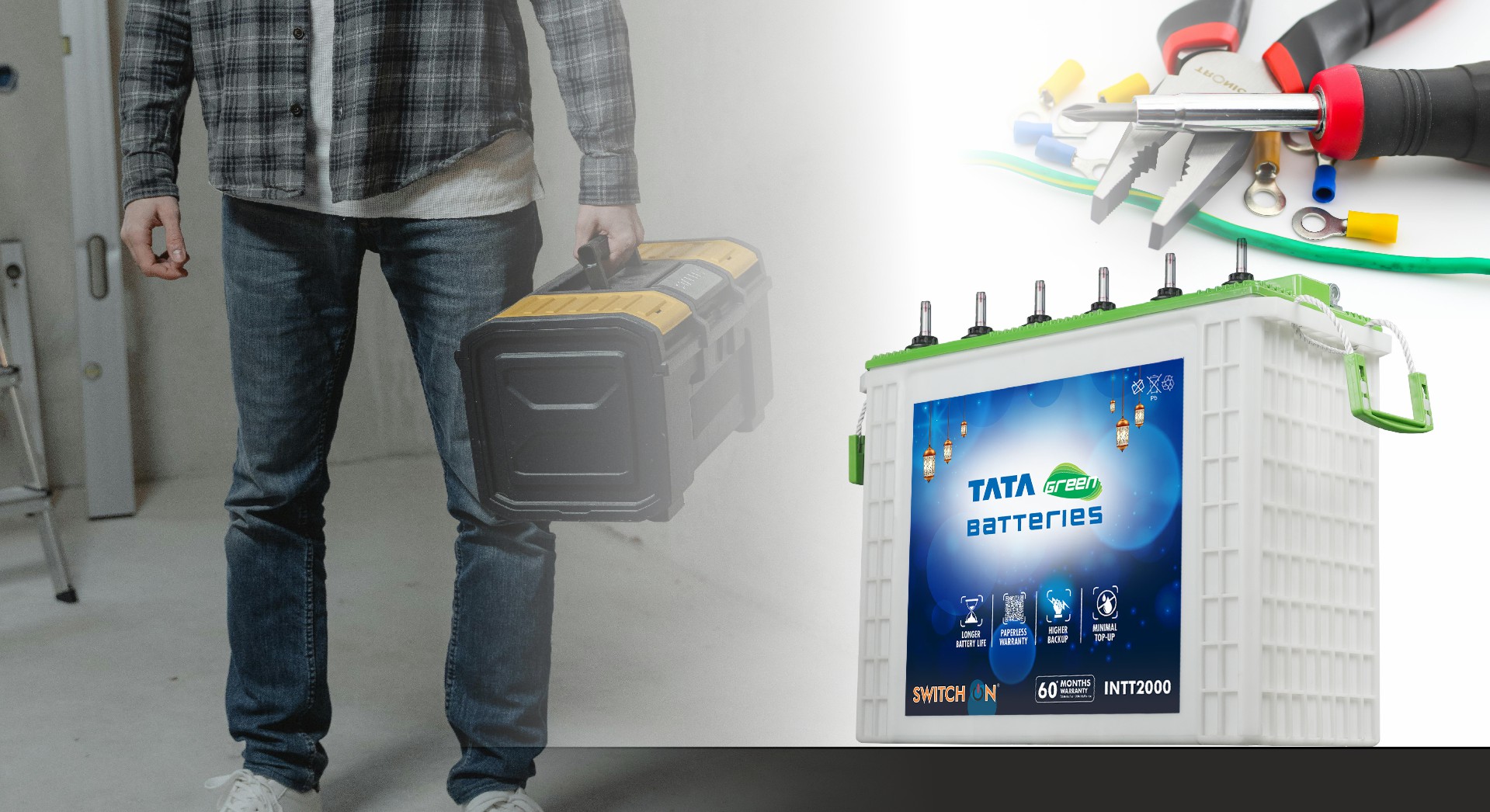Few things match the thrill of a long road trip: the open road, changing scenery and the promise of adventure. But that excitement can vanish fast if your car won’t start or stalls mid-journey.
Most road trip troubles stem from a weak car battery, the unseen force powering your ignition and electronics. Checking and maintaining it before you go ensures a smooth, worry-free drive from start to finish.

Here’s a simple guide to keeping your battery ready and steady for the journey ahead.
Check the Specifications from the Owner’s Manual
Start by checking your car’s owner’s manual for the correct battery specifications. Pay attention to the Ampere-Hour (AH) rating, which shows how long the battery can deliver power. A higher AH rating is best for long trips or when using devices like dash cams and coolers. Using a lower AH battery can cause faster power loss.
Also, verify the Cold Cranking Amps (CCA) rating, which indicates how well your battery starts the engine in cold or high-altitude conditions. Always ensure both AH and CCA ratings match the manufacturer’s recommendations for reliable performance and worry-free travel.
Select a Suitable Battery Type
Different cars require different battery types but for long road trips, it’s best to choose one that offers reliability and convenience.
Choose Maintenance-Free Batteries for Hassle-Free Performance
Maintenance-free batteries are ideal for travellers who don’t want to worry about topping up battery water or cleaning terminals often. These Car batteries are sealed, spill-proof and designed to withstand varying driving conditions.
They are especially useful when travelling through remote areas where finding a service station might take hours. With no need for regular upkeep, you can focus on enjoying your drive instead of checking fluid levels or vent caps.
Physical Inspection
A quick physical check of your battery can reveal early warning signs that might lead to trouble later.
Ensure There Is No Physical Damage
Scrutinise the battery casing. Look for cracks, bulges or leaks: signs of internal stress or ageing. Such damage may not always stop the battery immediately but it increases the risk of sudden failure, especially during long trips where the car runs continuously for hours.
If you notice swelling or leakage, it’s best to replace the battery before starting your journey. Even a small crack can worsen due to heat and vibration on long drives.
Ensure That Terminals Are Clean & Corrosion-Free
Check the battery terminals and cable connections. Corrosion appears as a white or greenish powder and can interrupt the flow of electricity, causing your car to struggle while starting.
You can gently clean the terminals using a dry cloth or a soft brush. Avoid using water or harsh chemicals, as moisture can cause further corrosion. After cleaning, ensure that the connections are tight and secure. A clean terminal ensures consistent power delivery throughout the trip.
Professional Installation
Even the best battery can underperform if it isn’t installed correctly. Proper installation ensures safety, reliability and long-term performance.
Secure Mounting
During long drives, your car goes through constant vibration, especially on uneven roads. If the battery isn’t securely mounted, it can shake loose, damaging the terminals or cables. Make sure it sits firmly in its tray with proper clamps and bolts.
A loosely fitted battery doesn’t just risk disconnection; it can also lead to short circuits or fluid leaks. Always double-check the mounting before you hit the road.
Secure Tight & Correct Polarity Connection
Battery terminals have positive and negative points. Reversing them during connection can cause serious electrical damage to your vehicle. A professional mechanic ensures correct polarity and tight connections, minimising the risk of short circuits.
If you ever replace the battery yourself, pay close attention to the polarity markings before attaching the cables. A quick double-check can prevent a costly mistake.
Quality Checks
Once the battery is installed, a few quick quality checks can ensure it’s truly ready for the journey.
Confirm the Manufacture Date Within 6 Months
Batteries lose charge gradually, even when not in use. Always check the manufacturing date stamped on the battery label. A battery older than six months may already have reduced efficiency.
Choosing a newer battery ensures better performance and longer life. If your current battery is nearing three years of age, consider a replacement before your trip to avoid mid-journey surprises.
Check for a Sealed Casing
A properly sealed casing prevents leakage and protects internal components from dust and moisture. This is especially important if you’re driving through humid, dusty or rainy regions. A well-sealed battery casing adds to its longevity and safety.
When the Journey Becomes the Destination, Dependability Matters
Every road trip has two engines: one under the hood and one inside you. While excitement fuels your spirit, a dependable battery fuels your car. The last thing you want is to lose that energy to a preventable breakdown.
So, before your next long trip, take a moment to make sure your battery is as ready as you are. Because when the journey itself becomes the destination, dependability matters the most.






